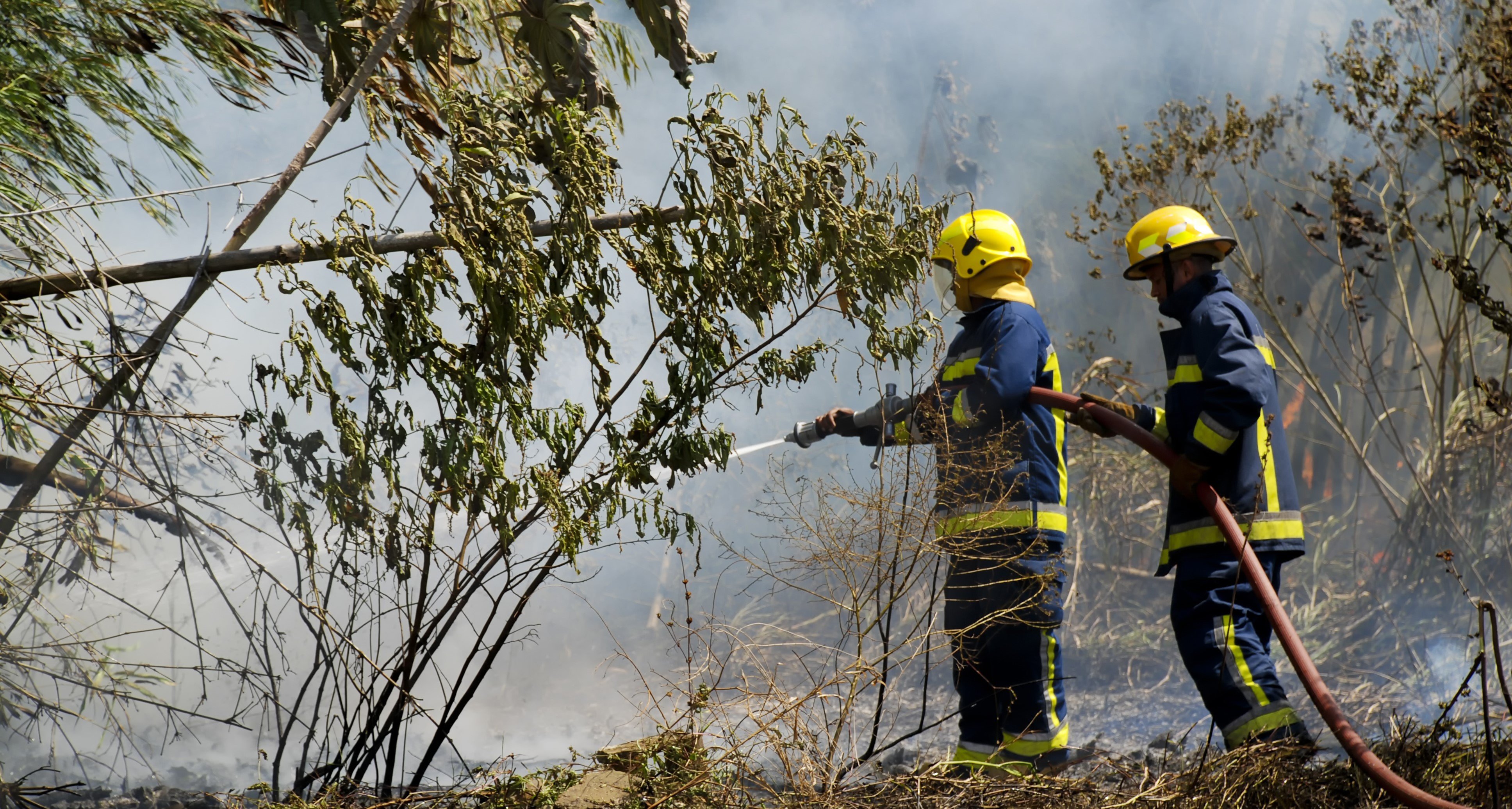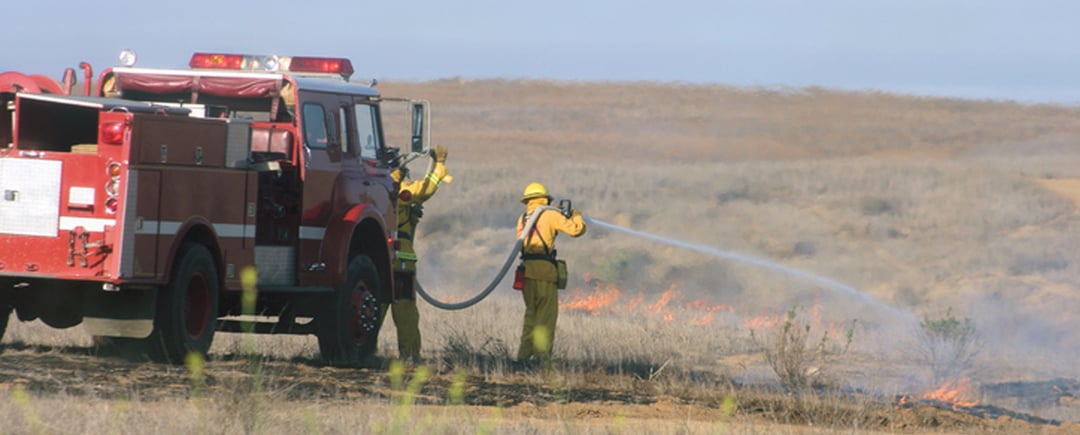When you picture a firefighter in their iconic turnout gear, the image is almost superhero-like. It feels like they could survive anything in that seemingly impenetrable suit. And when it comes to fire, they are extremely well protected. Almost all structural gear around the world has certification and safety standards to meet, offering advanced levels of protection developed over decades of innovation—so long as it is worn correctly.
And here we begin to answer our title question: can a fire suit protect at all times? Well, it depends.
The real risks firefighters face
While fire is the obvious threat to firefighters’ safety, research over the past 10 to 20 years has revealed that the leading cause of firefighter injuries isn’t burns, but cardiac events, heat stress, and falls. When you consider how bulky, heavy, and insulated structural fire suits are, these unexpected findings become more understandable.
Think about building a fence. You need to measure wood, cut it into pieces, hammer nails, etc.—it takes some dexterity. Now pretend you’re wearing a full structural fire suit, and it’s 38°C outside, and you have a heavy tank of oxygen strapped to your back. Sounds sweaty, right?
That’s basically what firefighters are dealing with, except instead of hammering literal stakes into the ground, the stakes of an emergency are very high. An already stressful event is made even more stressful by the weight of their suit hindering them physically and mentally as heat stress increases alongside situational stress. Heat stress can impair cognition, making falls or other mistakes more likely, or put strain on the heart, potentially causing cardiac events.
In response to these research findings, fire suit manufacturers have thought a lot about how to lighten the load and turn down the heat for firefighters in structural fire suits, developing better gloves, boots, and more breathable gear overall while still meeting certification requirements for flame resistance.
Carcinogens and contamination
Around 20 years ago, a study showed that firefighters have a higher incidence rate of several cancers compared to the average population. Smoke, soot, and other contamination generated during fires exposes them to carcinogenic materials, which has led to further technological developments of gear to mitigate that exposure.
Firefighters can now wear hoods that look like ski masks or balaclavas with a filtering layer to help block particulate matter from being inhaled or getting on their skin. However, newer garments like these hoods are not necessarily required by standards, so not all fire suits offer this protection.
How you wear it matters
One of the most important factors that determines how protective a fire suit can be in any given situation is the human factor. A garment is only as protective as it is rated to be when worn correctly. So you could have the latest, most advanced protective fire suit available, but if you decide to remove an inner layer for comfort’s sake, you’ve completely undermined its protective capabilities. Now you’re wearing a garment that does not meet safety standards.
There’s also such a thing as wearing a suit too well—or rather, for too long. To avoid heat stress, firefighters are advised to take off their structural fire suits as soon as they are away from the fire to cool off. Sometimes firefighters will just keep on wearing it when it’s not necessary. That may not be a problem if it’s chilly outside, but on a 100°F summer day, they’re increasing their risk by not peeling off a layer or two.
Where you wear your fire suit matters, too. For example, when responding to a wildfire, you are not going to want to be wearing your structural gear. Wildland fire gear is specially engineered to be worn for long periods of time in high heat, offering a single, breathable layer of protection that helps keep firefighters cool for hours on end. Wearing a structural suit to a wildfire would put you at great risk of heat stress and/or compromise your ability to stay and fight for as long as may be needed.

Wear the Right Thing at the Right Time the Right Way
A lot of a firefighter’s time is spent in training, which is meant to free them to attend to every other part of an emergency without having to think about the processes they’ve practiced. How, when, and where to wear a fire suit is one of those things that should be second nature. By properly using fire suits in the appropriate settings, firefighters can get the most protection out of them, and by knowing when those suit will be a liability instead, they can make a better garment choice. If you have any questions about what to consider in improving your firefighter PPE program, we are always available to discuss the solutions available to you and what’s new in the field. Reach out to a TenCate Protective Fabrics fire service specialist today:





.png?width=399&name=Risk%20management%20for%20PPE%20clothing%20in%20the%20EV%20and%20battery%20industries%20(5).png)
